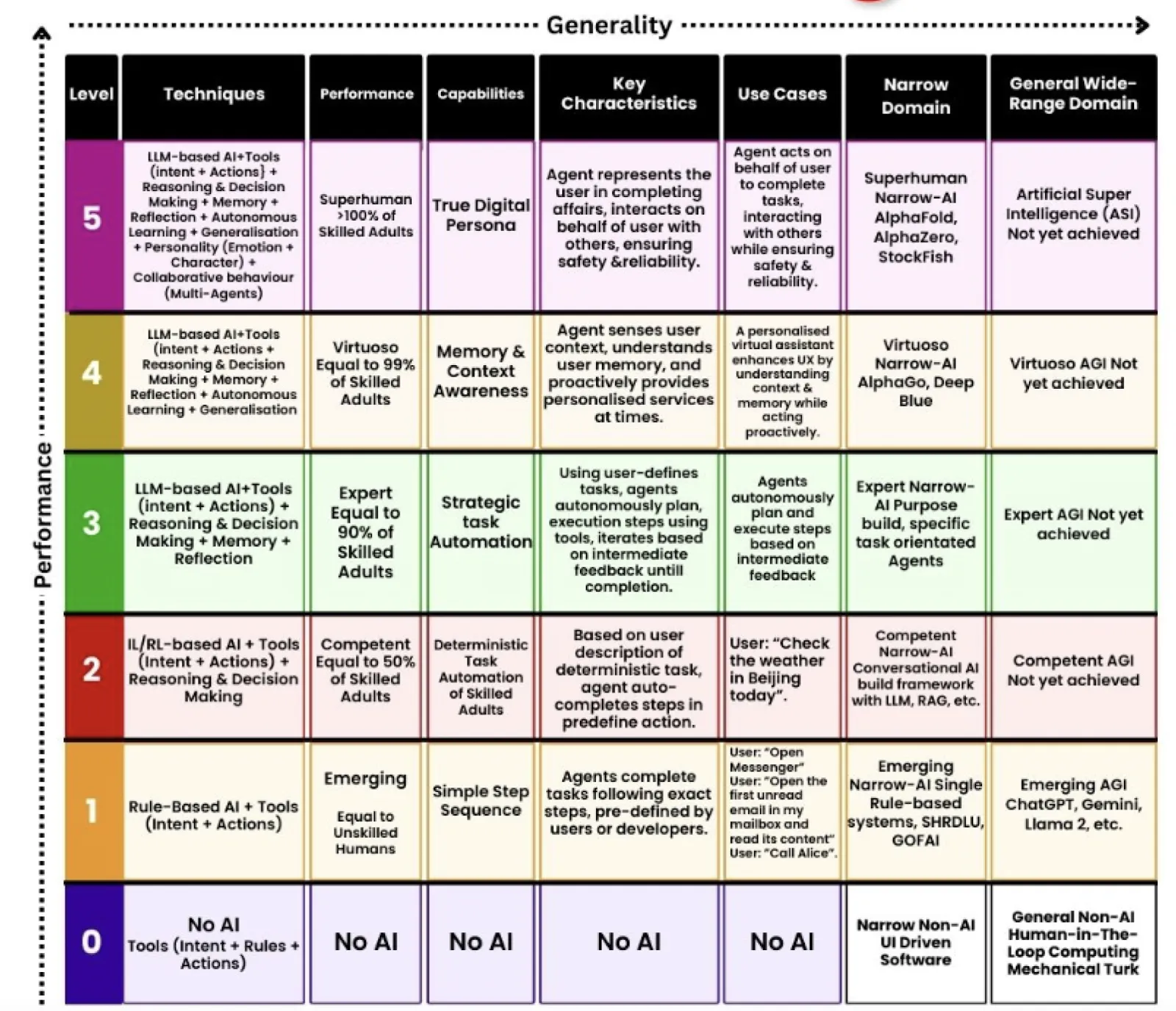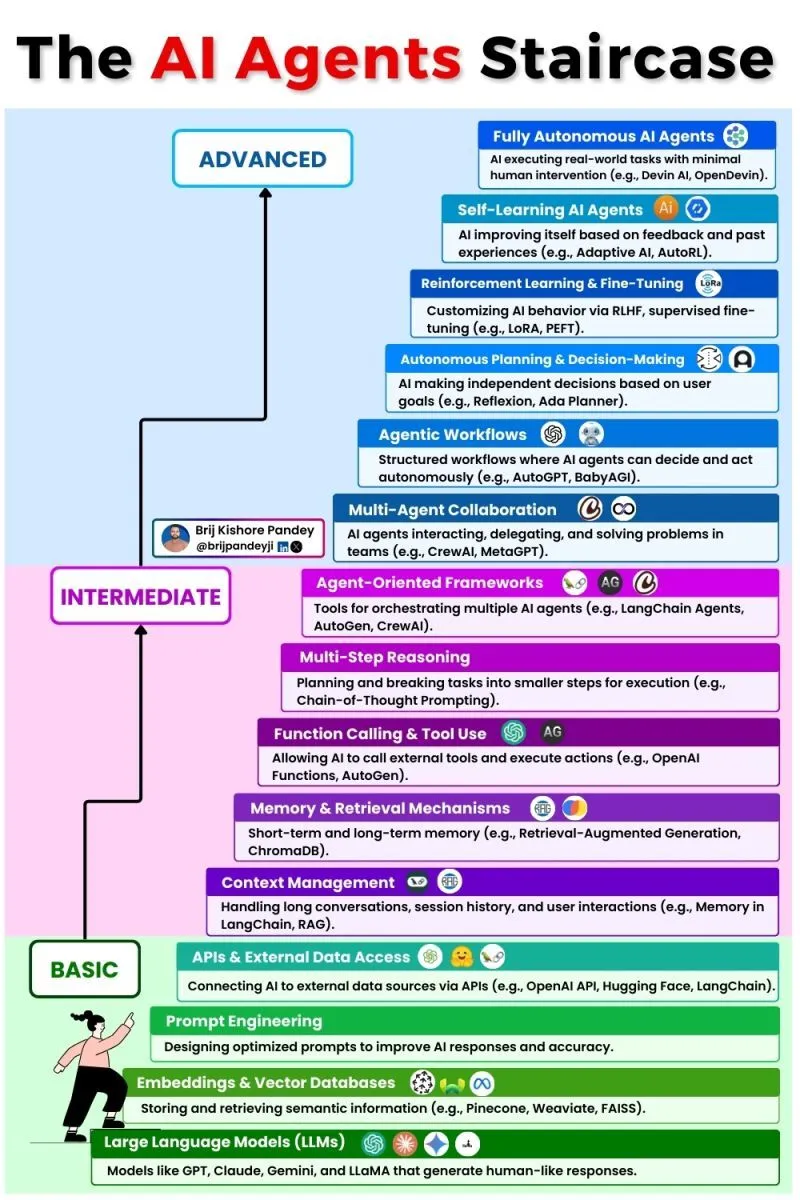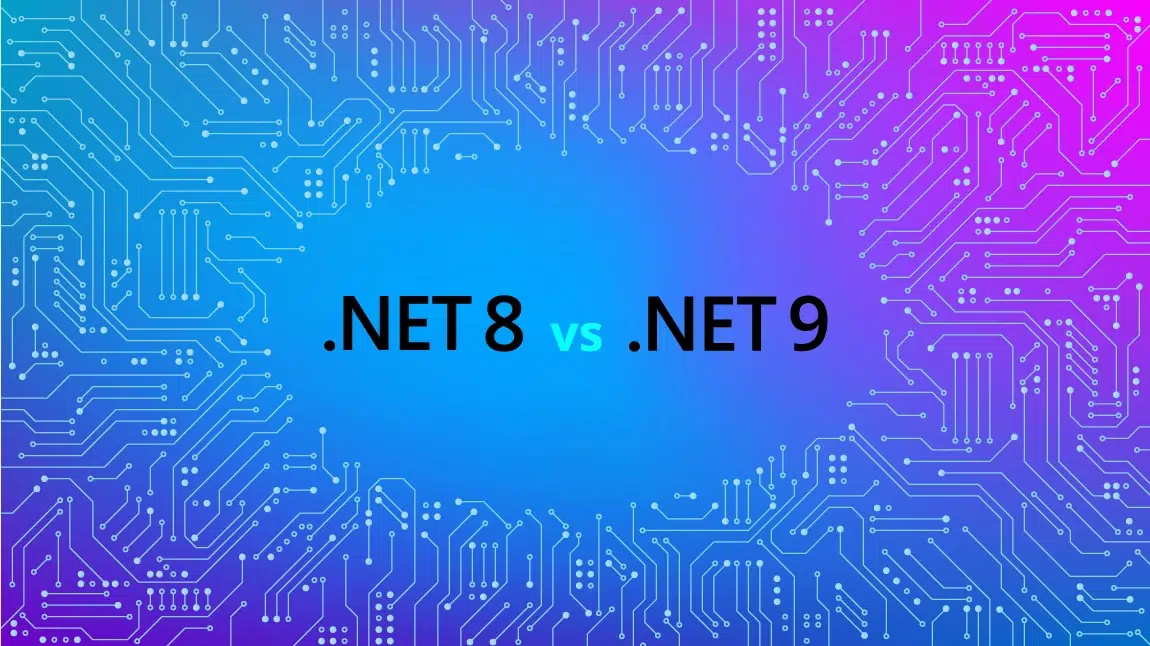By Luis Escalante — Senior Delivery Manager at Growth Acceleration Partners
Earlier this year, I introduced the concept of Agentic AI in a high-level presentation designed to spark awareness and curiosity within our organization. That session explored the evolution from traditional automation to autonomous agents, clarified the difference between copilots and agents and outlined the foundational building blocks needed to make agents work. With more experience, insights and enterprise use cases under our belt, it’s time to expand on that foundation, diving deeper into the levels of agent maturity, practical adoption paths and the strategic business value these systems can unlock.
In the rapidly evolving landscape of artificial intelligence, a new paradigm is taking center stage: Agentic AI. While the world has grown accustomed to copilots and AI assistants that enhance productivity, Agentic AI goes several steps further. It doesn’t just assist; it perceives, plans, acts and learns in real time. These are not just tools. They are autonomous digital workers.
From Copilots to Autopilots: The Evolution of Intelligence
AI has evolved in waves, from basic automation to rule-based systems, to today’s generative AI models. But the next evolution is about systems that think and act independently, while maintaining alignment with business goals.
This is Agentic AI: systems designed to carry out tasks end-to-end, with minimal or no human intervention. Whether handling customer service tickets, reviewing contracts, managing inventory, or executing marketing campaigns, these agents are capable of decision-making, tool execution and adaptive learning.
Understanding the Levels of AI Agents
To understand how we got here, consider the Five Levels of Agent Evolution:
- Level 0: No AI — Traditional rule-based systems that follow rigid scripts. Think of hardcoded macros or legacy automation tools.
- Level 1: Rule-Based AI — Systems that execute predefined actions in response to known inputs. Early chatbots with IF/THEN logic are a good example.
- Level 2: Instruction-Following AI — Agents using machine learning or reinforcement learning to automate tasks under specific constraints. These still require human-defined goals and tool selections.
- Level 3: LLMs + Tool Use — These agents use large language models to interpret goals and dynamically decide which tools to invoke. For example, an AI assistant writes a report by gathering live sales data, summarizing it and formatting it into a document.
- Level 4: Memory + Context Awareness — At this level, agents understand context, recall past interactions, personalize experiences and act proactively. They don’t just respond — they anticipate.
- Level 5: True Digital Personas — These are fully autonomous systems capable of making strategic decisions and interacting across domains. They represent users, manage complex operations and operate with high reliability and safety — a glimpse into future AGI.
Image courtesy of Cobus Greyling & Medium Company
Today, most enterprise-ready agents operate between Levels 2 and 4, combining dynamic task orchestration with contextual awareness and memory.
The AI Agent Staircase: From Workflow to Workforce
As mentioned in the previous talk, not every task requires an agent, in fact, many use cases are still better served with workflow-based automations or smart prompt chains. But as business needs grow in complexity (from single-step to multi-layered orchestration), autonomy (from user-initiated to agent-initiated) and intelligence (from reactive to proactive and adaptive), we move up the AI maturity staircase:
Image courtesy of Brij Kishore Pandey Linkedin
- Simple LLMs (Basic) — Text generation, summarization, answering questions. Ideal for single-task workflows like writing an email or translating text.
- Chained Prompts (Basic-Intermediate) — Multi-step prompt engineering to solve tasks like document processing, email triage, or knowledge retrieval. Useful for teams exploring GenAI internally.
- Tool-Using Agents (Intermediate) — These agents invoke APIs, perform database operations and use web searches or calculators to complete tasks. Think of a chatbot that can book appointments and send follow-up emails.
- Multi-Agent Systems (Advanced) — Systems composed of specialized agents collaborating to achieve a larger goal. For example, one agent plans a marketing campaign, another generates creative assets and a third monitors KPIs.
- Autonomous Teams (Advanced+) — AI systems that handle workflows from start to finish — like onboarding a new employee, configuring access, sending welcome emails, scheduling training and logging compliance records.
Basic users typically rely on LLMs and workflows. Intermediate adopters implement agents to reduce manual work. Advanced organizations create composable multi-agent systems that behave like digital teams. In the end, the staircase illustrates the transition from AI-supporting human work to AI-owning workflows.
Agent vs. Workflow: Don’t Overcomplicate It
Many “agents” today are just glorified prompt chains. According to recent guidance, true Agentic AI starts when your system:
- Makes real-time decisions on which tools to use
- Selects strategies dynamically
- Uses memory to adapt across sessions
- Coordinates multiple sub-agents
If your solution follows fixed steps with no deviation, it’s a workflow. But if it thinks, decides and adjusts, it’s an agent.
Where Are Enterprises Investing?
Gartner’s 2025 research shows a sharp increase in AI agent adoption across industries. Companies like Amazon, JPMorgan, BP, Mayo Clinic and Pearson have embraced multi-agent orchestration to drive value:
- JPMorgan saved 360K hours/year in legal reviews
- BP cut exploration costs by 20%
- Amazon increased sales by 35% using personalized agentic recommendations
- Mayo Clinic improved diagnosis speed by 30%
This isn’t experimentation. This is execution at scale.
Business Value: Outcome Over Output
Unlike traditional automation, which saves time, Agentic AI is built for business outcomes:
- Reduce costs through the automation of complex workflows
- Increase revenue via personalization and speed
- Unlock employee time for creativity and innovation
- Enable real-time, data-driven decisions
These agents drive what Gartner calls “Return on the Future”, measurable transformation beyond productivity metrics.
Service-as-a-Software: A New Delivery Model
Agentic AI also shifts how services are delivered. Instead of paying per license or seat, what if companies could pay per outcome? This model, known as Service-as-a-Software (SaaS 2.0), can change everything:
- AI-powered agents resolve customer issues
- AI conducts legal or compliance checks
- AI handles back-office operations autonomously
This approach directly aligns costs with results, making AI adoption scalable and economically viable.
Getting Started: Agent Readiness Checklist
Before deploying agents, companies should assess the following:
- Is the task repetitive and data-rich?
- Does it require dynamic decision-making?
- Can it integrate with tools and APIs?
- Is your data ready and compliant?
- Are stakeholders prepared for change?
If not, start with LLM workflows; otherwise, build toward autonomy — one agent at a time.
Keeping the Human in the Loop
As we embrace the power of Agentic AI, we must emphasize a key principle: humans must remain in the loop. While agents can operate independently, their true value emerges when combined with human oversight, creativity and ethics. Human-in-the-loop (HITL) designs improve decision quality and ensure accountability, fairness and adaptability in dynamic environments.
It’s this collaboration—where AI executes and humans guide—that unlocks these systems’ full potential. We don’t replace people; we elevate them to focus on strategy, empathy and innovation.
Last but not least, Agentic AI isn’t just a trend. It’s a tectonic shift in how we work, serve and compete. It redefines execution, unlocks innovation and offers a path toward true enterprise autonomy.
If you’re exploring how to integrate Agentic AI into your business, let’s connect. The future of work is agent-powered. And it’s already here.












